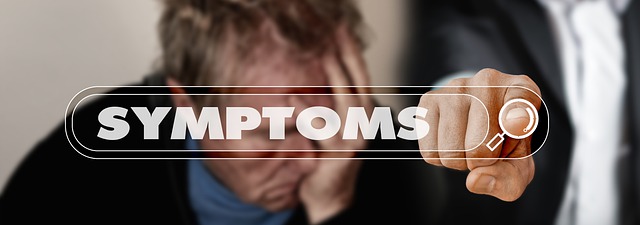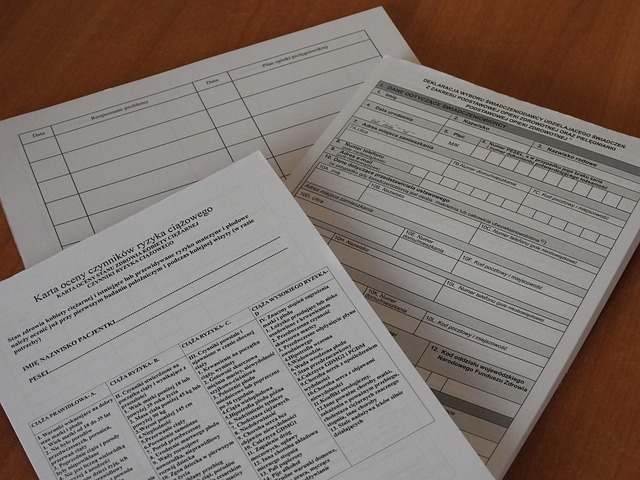Medical coding resembles translation.
Coders work with doctors’ reports, which usually include the condition of a patient, diagnosis, procedures, and prescriptions, and translate that into a set of codes.
In turn, they are a significant part of a medical claim.
Article Table of Contents
Why We Code
So, why is coding necessary?
Isn’t it enough to simply list diagnoses, symptoms, and procedures, pass them over to an insurer, and wait to find out which services will be covered?
To answer this question, we have to consider the huge amount of information on every patients’ visit.
If you visit a doctor and report such symptoms as sore throat, fever, and enlarged lymph nodes, this data will be recorded together with the medicine the doctor prescribes and the procedures they perform.
In such a case, the doctor will only report their diagnosis.
But still, a part of that report that will need coding that includes diagnosis, prescription, and procedure.
So, even in such a simple visit, there suddenly appears a lot of information.
If a patient comes to a doctor with a more complicated condition, such as Type-2 diabetes with ocular impairment related to it, the amount of data significantly increases.
With more complex conditions, injuries, and illnesses, the amount of data conveyed to insurance companies is getting only larger.
In the past year, more than 1.4 billion patients visited doctors, according to the Center for Disease Control (CDC).
This number includes visits to hospital outpatient facilities, emergency rooms, and physician offices.
If during every visit only five pieces of information were recorded (which is a very low estimate), it would amount to six billion pieces of information per year to be transferred to the insurers.
In the case with huge amounts of data, medical coding makes the transfer of large portions of data more efficient.
Also, with coding, the documentation between the facilities becomes universal.
For instance, the code for streptococcal sore throat is the same in Hawaii and Arkansas.
With uniform data, research and analysis become more efficient.
Health care agencies and the government use it to monitor health trends in a more efficient manner.
For example, if the CDC needs to analyze the predominance of viral pneumonia, they can collect a variety of recent pneumonia diagnoses by considering the ICD-10-CM code.
Last by not least, through coding, administrations can determine the prevalence and efficiency of treatment in their healthcare facility.
This is significant for large facilities such as hospitals.
So just like government agencies are monitoring the rates of a particular disease, for example, hospitals, and other facilities can monitor the efficiency of their treatment through analysis.
Next, let’s explore different types of codes, which you, as a medical coder, will have to be familiar with.
Three Types of Codes You’ll Have to Know
Every day, medical coders use three sets of codes.
ICD
One of the code sets is ICD or International Classification of Diseases.
These codes are diagnostic that make a uniform glossary to describe the causes of illness, injury, or death.
The WHO established this set in the late 1940s.
Within over 60 years, this code set was updated several times.
The number that follows “ICD” indicates the revision of the code in use.
For instance, the current code set in the US is ICD-10-CM.
It means this is the 10th revision of the ICD code set.
The -CM means “clinical modification”.
So the full technical name would be “the International Classification of Diseases, Tenth Revision, Clinical Modification”.
The clinical modification is the revisions by the National Center for Health Statistics (NCHS).
NCHS is a division of the CMS – Center for Medicare and Medicaid Studies.
The number of diagnoses codes significantly increases with the Clinical Modification.
With a larger scope, coders have more specificity and flexibility, factors essential for the profession.
The importance of the clinical modification can be explained easily – in the ICD-10 set, there are 14,000 codes, while in the ICD-10-CM, more than 68,000.
This code set is used to translate the patient’s condition and the doctor’s diagnosis.
These codes are used to identify medical necessity in the billing process.
Coders have to be sure that the procedure they are billing for is appropriate for the diagnosis.
For instance, in our example of strep throat, if a coder listed this diagnosis as a reason for an x-ray, the claim most likely would be rejected.
CPT
CPT codes (Current Procedure Terminology) are used to document the medical procedures that healthcare providers perform on patients.
It’s published and maintained by the AMA (American Medical Association).
This code set in copyrighted and annually updated by the AMA.
These codes consist of five numeric digits, which are divided into three sections.
The first one is the most commonly used and is, in turn, divided into six ranges.
They represent the six major fields of medicine: Evaluation and Management, Surgery, Anesthesia, Pathology and Laboratory, Radiology, and Medicine.
The second section is for performance evaluation and, sometimes, radiology and laboratory test results.
These codes contain five alphanumeric digits that are usually added to the end of the first Category of CPT codes with a hyphen.
The codes of Category II are optional and may not be used instead of the codes of Category I.
These codes are of use for other physicians and professionals.
The AMA expects that the codes of Category II will reduce the administrative workload in physician’s offices through the use of more accurate information, which specifically relates to the healthcare professionals’ and facilities’ performance.
The third category relates to emerging technology.
Coders spend most of their time with the first two categories of the code set.
However, the first one is the most common.
There are also addenda to the CPT codes, which improve the accuracy and specificity of the codes in use.
Many procedures call for a more accurate level of detail than the basic Category I CPT code, so there is a set of modifiers.
The modifiers are numeric or alphanumeric two-digit codes added to the end of Category I.
These modifiers provide additional essential information to the code of procedure.
For example, a CPT modifier can describe which part of the body the procedure was performed on.
Also, there can be a code for a discounted procedure, and so on.
HCPCS
HCPCS stands for Healthcare Common Procedure Coding System and is commonly pronounced as “hicks picks”.
This is a CPT-based set of codes.
This set was developed by the CMS, the same organization that created CPT, and is maintained by the AMA.
These codes describe services, equipment, and procedures that aren’t included in the CPT codes.
It may include prosthetics, durable medical equipment, ambulance rides, and particular medicine and drugs.
This is also an official code set for Medicaid and Medicare, chemotherapy drugs, outpatient hospital care, and other services.
This is one of the most important code sets since it’s involved in Medicare and Medicaid.
These codes are divided into two levels.
The first one is the same as in CPT codes.
The second level contains alphanumeric codes divided into 17 sections.
Every section is based on the area of specificities, such as Rehabilitative or Medical and Laboratory Services.
Similar to CPT codes, every HCPCS code is a diagnostic code to justify the medical procedure.
Coders have to ensure that any procedure included in the doctor’s report is appropriate for the diagnoses, which are described in the ICD code set.
Read the full guide: How to Become a Medical Biller and Coder



